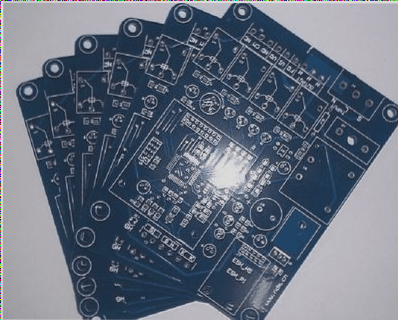The Importance of Surface Quality in PCB Manufacturing
Ensuring the surface quality of copper foil is crucial for successful image transfer processes in PCB fabrication. Prior to transfer, thorough inspection for defects like pits, scorch marks, or unwanted areas is necessary. Any unacceptable defects should halt the process, and faulty material must be discarded to guarantee reliable usage.
Preventing Contamination in PCB Manufacturing
Contaminated substrate surfaces can lead to common issues in PCB manufacturing. Shielding the substrate from oil, grease, dust, and harmful particles is vital. Contamination sources include equipment used for trimming, drilling, die cutting, or air compressor ventilation. Any contamination compromises adhesion and bond strength, emphasizing the need for a thorough cleaning method.
Effective Cleaning Methods
- Manual Cleaning:
- Chemical cleaning
- Degreasing (using steam or water-based substances)
- Machine Cleaning:
- Chemical Cleaning or Cold Cleaning
Chemical Cleaning or Cold Cleaning
This method involves using alkaline chemicals to eliminate oil, grease, and dirt particles. Substrates are cleaned with alkaline chemicals at specific concentrations and temperatures, followed by rinsing and high-pressure water spraying for complete removal. Neutral or acidic cleaners may be preferred for certain substrates.
Vapor Degreasing
Cleaning with condensed pure solvent vapor effectively removes grease contamination. Subsequent steps include wiping, soaking in a solvent, scrubbing, rinsing, pickling, and drying to prepare a clean surface for image transfer. Precautions should be taken due to the toxic nature of solvent vapors.
Operators should ensure adequate air circulation and prevent vapor concentration from exceeding safe levels. Additionally, degreasing with foaming cleaning liquid offers an efficient, eco-friendly alternative. Vapor degreasing with ultrasonic agitation systems enhances cleaning effectiveness through sound wave agitation.


